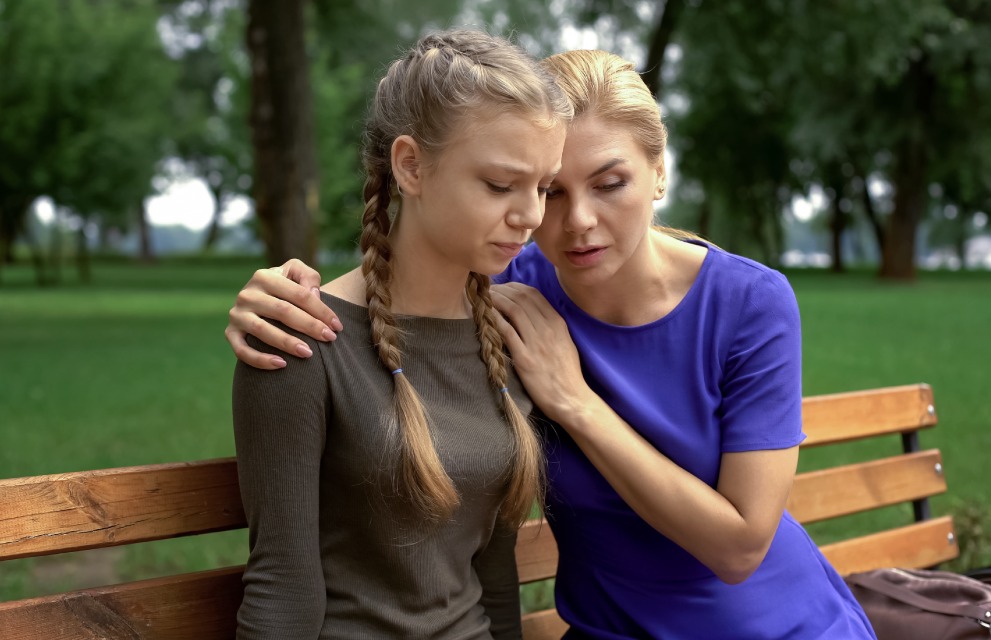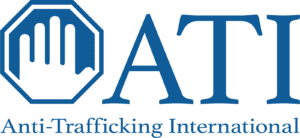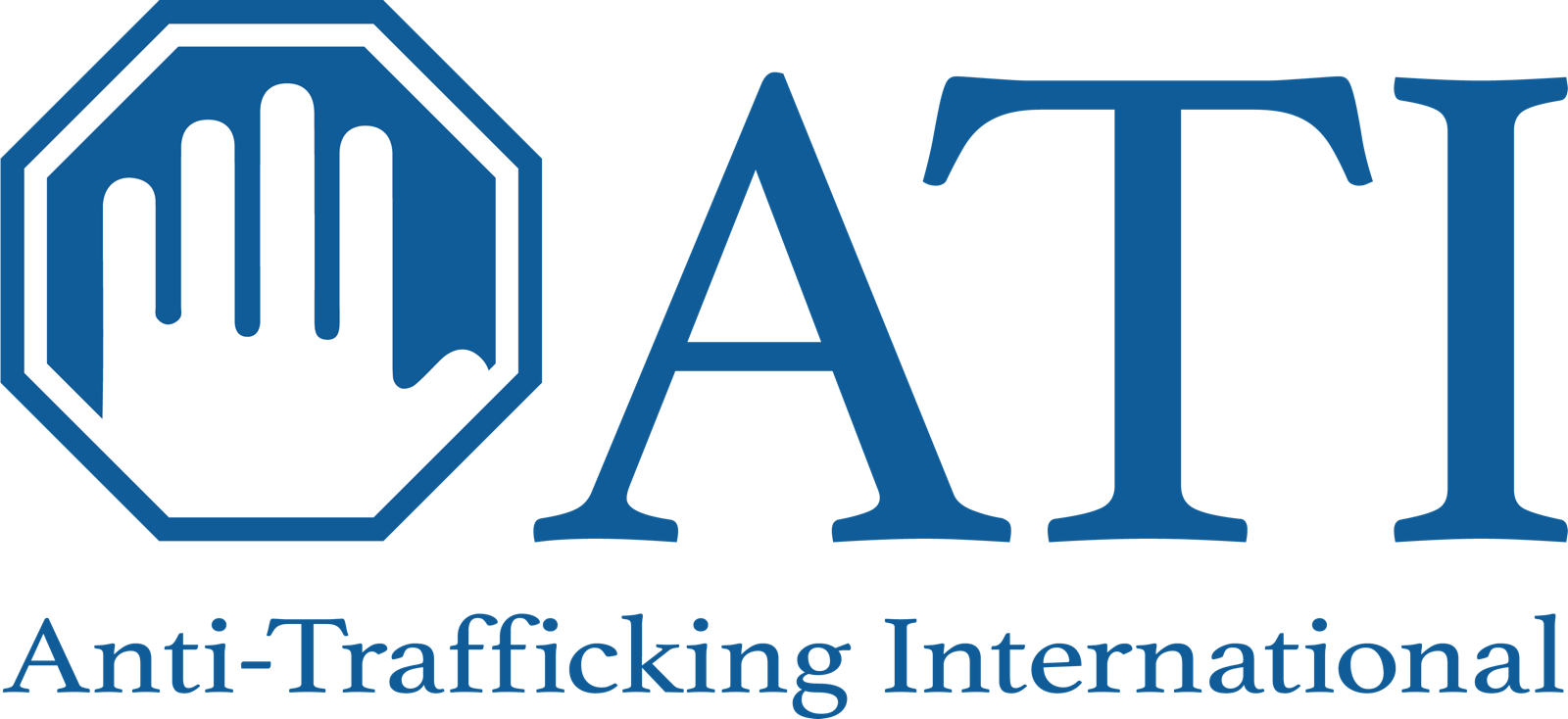
This January 11, There are Many Reasons and Ways to Recognize National Human Trafficking Awareness Day
Human trafficking is one of the largest and fastest-growing crime enterprises in the world. In 2015, the U.S. Department of Justice reported sex trafficking was the second-largest crime industry, with children identified as the victims in nearly half of sex trafficking cases. The National Center for Missing & Exploited Children (NCMEC) received more than 23,500 reports in 2019 alone of youth who had run away; one in six were likely victims of child sex trafficking. It is a wonder that, just 20 years ago, many governments did not acknowledge the existence of trafficking in persons.
It was not until 2000 that the United States Government passed the first federal law to address modern-day slavery, in the form of the U.S. Trafficking Victims Protection Act. In 2007, the U.S. Senate established January 11 as National Human Trafficking Awareness Day. Three years later, then-President Obama issued a proclamation declaring the month of January as National Slavery and Human Trafficking Prevention Month. The commitment to combat human trafficking fosters a continued evolution not only in the work we do, but how we do it. This January 11 provides an opportunity to reflect on what each of us can do in the fight against human trafficking and its impact as well as demonstrate our support to trafficking victims.
Recent stories of human trafficking, such as the case against Jeffrey Epstein and Ghislaine Maxwell, controversy over content featured on the PornHub website, confusion over the #SaveTheChildren movement, and rumors surrounding the online retail store Wayfair, have grabbed the media spotlight. The reality of the human trafficking threat has resulted in a surge of public attention. Yet with a lack of accountability regarding information accuracy on social media platforms, sensationalized recounting of events, and conspiracy theory assertions, it can be difficult to differentiate fact from fiction.
There are many ways to ensure human trafficking, and the never-ending fight against it, receive the attention these acts deserve:
- Display your dedication to raising awareness of human trafficking by wearing blue, the international color of human trafficking awareness, and posting pictures to social media of yourself, friends, family, and coworkers wearing blue. Don’t forget to tag Just Ask on social media and use the hashtag #WearBlueDay!
- Educate yourself and understand the realities of human trafficking; this will help you become an effective advocate for the safety of your family, community, and society. Be sure to explore Just Ask Prevention for facts and figures on this crime, as well as other reliable online sources. You can also subscribe to our newsletter and follow us on social media for information on upcoming events for your family, friends, and colleagues to participate in discussions with Just Ask on identifying signs of human trafficking and prevention methods.
- Step up! There are opportunities within your community, such as educating those around you (consider becoming a Just Ask ambassador or member of the Student Advisory Council), volunteering your time or skills, or empowering the continued work of Just Ask Prevention by making a one-time tax-deductible donation or becoming a Just Ask Champion monthly donor.
Together, we can work to end this heinous crime in our community and around the world. Tell us how you are doing your part to recognize National Human Trafficking Awareness Day in the comments section below!

